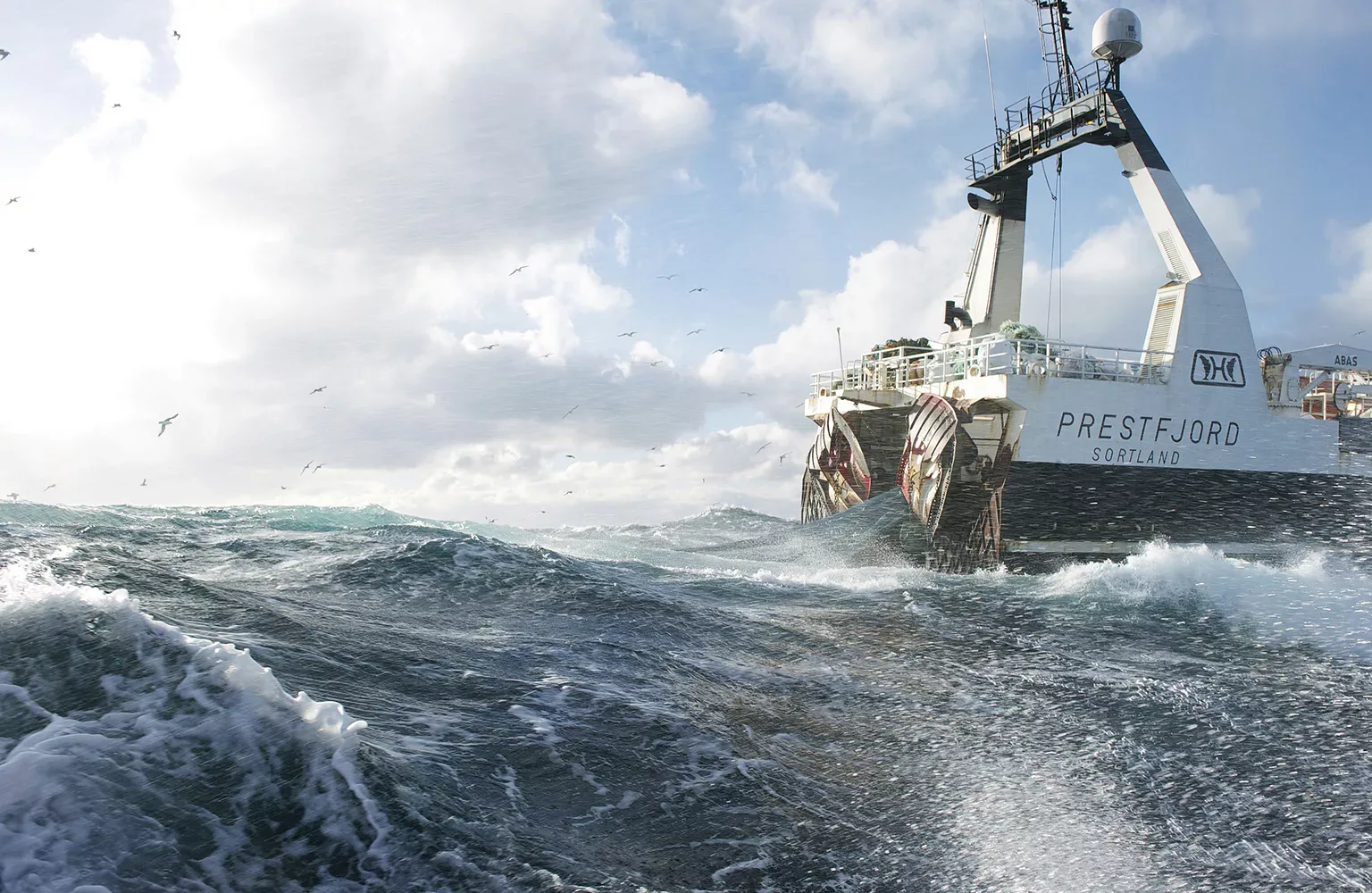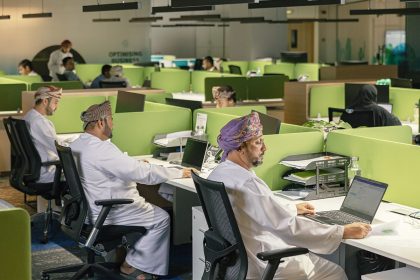We delve into the depths of sustainable Arctic prawn fishing and production with Christian Bue Nordahl, CEO of catch-to-consumer seafood supplier, Stella Polaris Norway.
A STAR IS PRAWN
Within the Arctic Circle, close to the Barents Sea and the archipelago of Svalbard, lies the charming fishing village of Kårvikhamn in the Troms region of Norway, sitting at 70 degrees north of the Earth’s equatorial plane.
This is the region where the Northern Lights can often be seen, and cold-water prawns, such as Pandalus borealis, are abundant. Stella Polaris Norway, one of the world’s leading producers of these small crustaceans, is headquartered here along with its production facilities.
The company’s name, Latin for “polar star”, refers to the shining celestial body that is always visible in clear night skies and has been a crucial guide for arctic navigation for thousands of years.
Founded in 1968, Stella Polaris Norway originated as a traditional fish landing; today, it supplies cooked, peeled, and frozen prawns to consumers, restaurants, and industrial customers in over 24 markets worldwide.
“In the mid-1980s, we began producing prawns and have since dedicated all our expertise to this delicacy. We also managed to maintain local ownership, which provided us with a long-term development perspective,” opens Christian Bue Nordahl, CEO of Stella Polaris Norway.
Located in the seafood-rich Senja area of Troms, the company’s factory is in operation for 11 months of the year and employs around 80 staff members.
“Our peeling facility is 100 percent automated, which gives us the capacity to produce 6,000 cooked and peeled prawns per year. We also have our own water supply from the mountains above the Kårvikhamn,” he continues.
Undoubtedly, Stella Polaris Norway possesses the qualities to be a star in its own right, both as a local cornerstone and world-leading producer of cold-water prawns.
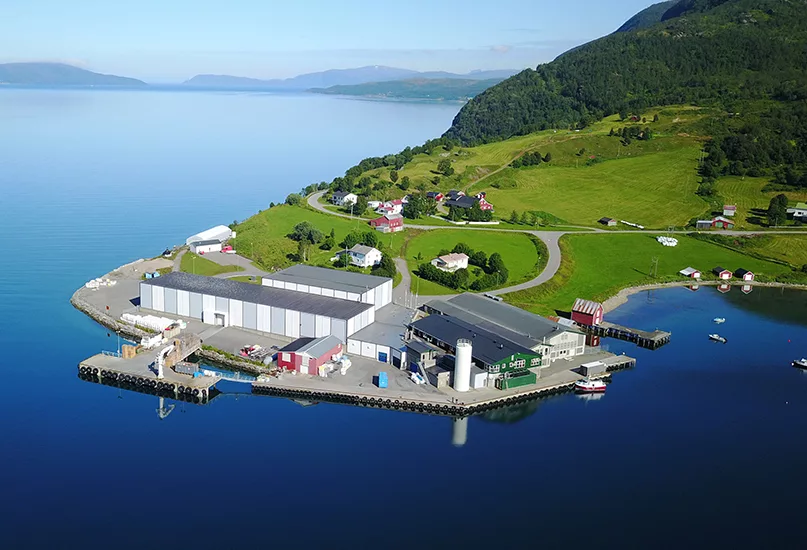
WELLNESS IN SHELLS
Traditionally, the prawn industry only profited from the meat, while the outer shells, which can account for up to 40 percent of the weight, were discarded.
In 2008, Stella Polaris Norway learned that researchers at Nofima, a leading research institute in Norway, had discovered that the bioactive marine peptides from prawn shells could lower blood pressure.
“Our sister company, Marealis, was founded to leverage this discovery, and consequently, we have collaborated to develop an innovative product.
“As prawn producers, we have an economic and moral obligation to create value from the entire prawn, including the shells. Indeed, we have been developing high-value products from the section which we would usually dispose of,” Nordahl opines.
The most advanced of these natural products is PRECARDIX, a marine biopeptide that helps maintain normal blood pressure. It is clinically approved to be 90 percent effective, comparable to medication.
“The production process is patented, and so far, we have launched in North America. Marealis is now a certified B Corporation and is proud to be a part of people using business as a force for good,” he elaborates.
By utilising the entire prawn, Stella Polaris Norway enhances sustainability and contributes to circular economy practices. In terms of R&D, the team at Marealis continuously explores new applications for these compounds.
“The reason we focus on creating value from the whole prawn is that our commitment extends beyond profit. We aim to reduce waste, create health-enhancing products, and lead innovation by pushing boundaries,” Nordahl prides.
To further increase its sustainability, Stella Polaris Norway’s stock is from the Barents Sea, which is certified by Mark Selective Fisheries (MSF).
Due to heavy regulation, prawn fisheries in the Barents Sea require a separation grid mounted on their gear. This ensures small fish and juveniles are not included in the catch bag or cod-end.
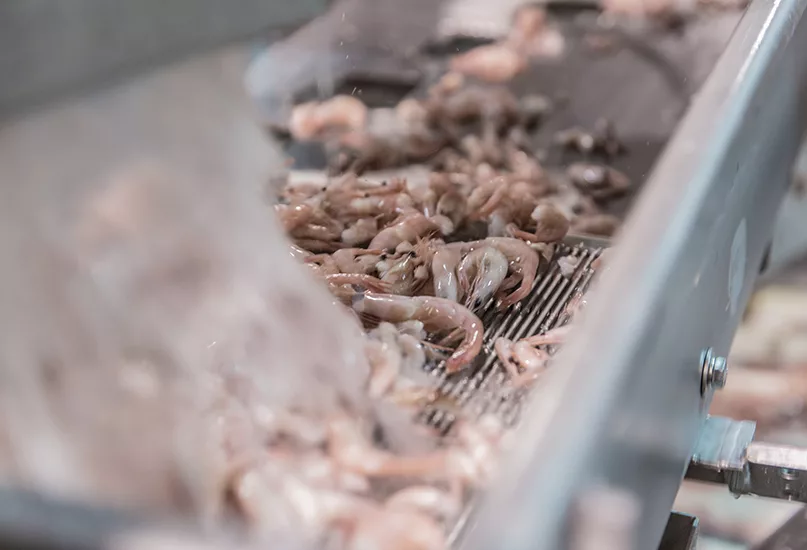
THE CHANGING TIDE
The fishing industry has undergone significant technological changes over the years. Subsequently, the team at Stella Polaris Norway has embraced innovation to enhance the production process and guarantee the highest quality prawns for its customers.
“Our prawn plant is highly automated, and we are proud to say that it is one of the most advanced in the world. We undergo regular annual inspections to ensure our food production standards are of the highest quality. In fact, we were the first prawn factory to receive certification for our food safety practices.
“Additionally, we are committed to ethical trade and social responsibility, and as a member of the Sedex Members Ethical Trade Audit (SMETA), we take this responsibility seriously,” details Nordahl.
Indeed, Stella Polaris Norway combines cutting-edge technology with a dedicated workforce to deliver premium-quality prawns while maintaining sustainability and food safety.
Traceability from catch to consumer is prioritised by Stella Polaris Norway, whose Pandalus borealis prawns are mainly sourced from the unexploited and extremely well-managed Barents Sea stock.
“We only use newer, fuel-efficient modern vessels. After the prawns are caught and hauled onboard the fishing boats, they are immediately frozen to retain their natural high quality,” Nordahl informs us.
The Stella Polaris Norway production facility in Kårvikhamn receives most of the raw materials directly. The facility has a streamlined process that includes the thawing, cooking, peeling, and cleaning of the prawns.
Each package is labelled for complete traceability, providing details about the fishing vessel used and the production time.
Throughout the entire process, the production team at Stella Polaris Norway puts in a significant amount of effort.
“Our most valuable resource is our employees. We strive to create year-round jobs and maintain high job satisfaction. Their expertise spans from production to sales and logistics, contributing to our success,” notes Nordahl.
The sales team at Stella Polaris Norway, meanwhile, consistently monitors market trends and communicates with customers using advanced technology and extensive experience.
“Our team is passionate about providing products and delivery solutions that meet the needs and preferences of our customers. We always have quality and adaptability to the market in mind,” Nordahl assures.
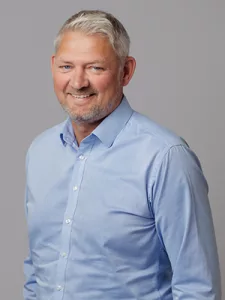
“Our team is passionate about providing products and delivery solutions that meet the needs and preferences of our customers. We always have quality and adaptability to the market in mind”
Christian Bue Nordahl, CEO, Stella Polaris Norway
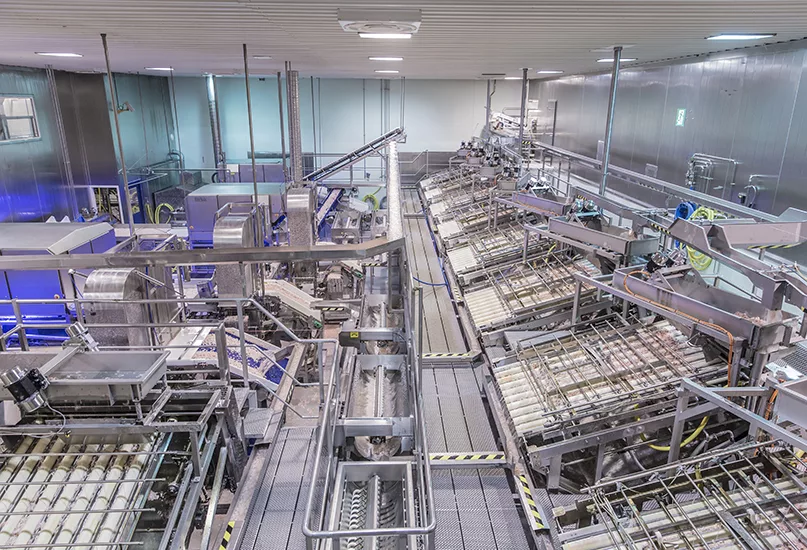
FISHING INTO THE FUTURE
As a forward-thinking company, Stella Polaris Norway constantly focuses on being involved in industry developments, from fishing vessels to onshore production, sales, and logistics.
“We strive to be innovative and focused so that we can provide the best prawns throughout the year. Our main concerns are sustainability and food safety, and we are delighted to have been certified as a sustainable fishery by the Marine Stewardship Council (MSC), the British Retail Consortium (BRC) with an AA+ rating, and KRAV,” Nordahl enthuses.
Furthermore, Stella Polaris Norway also has a dedicated logistics department, operating alongside the sales team in Kystens Hus, Tromsø, to provide tailored solutions for customers.
“Logistics is important to us; we are flexible and have different solutions in some of the most crucial markets to serve them in the best way possible. To do this, we try to use transportation by sea as much as we can. For instance, our whole UK operation is served by reefers picking up goods portside at our factory and shipping them directly to UK ports,” he outlines.
Looking to the future, the company’s vision includes a zero-emission operation at its factory and increased value for both the classic natural food product and biotech derivatives from prawn shells.
“In cooperation with Lerøy VAP Group, we recently launched modified atmosphere packaging (MAP) for fresh-cooked and peeled prawns in the Norwegian retail market – the response has been fantastic!”
In preparation for the future, Stella Polaris Norway is preparing to expand its factory. With work already progressing, the plan is to have the new facility ready by late 2025 or the beginning of 2026.
“We will increase production and prepare for new products derived from the prawns. We will also go 100 percent electric and reduce our total energy consumption,” Nordahl concludes.
Undeniably, Stella Polaris Norway is set to continue to radiate success as an innovative and environmentally conscious company.



